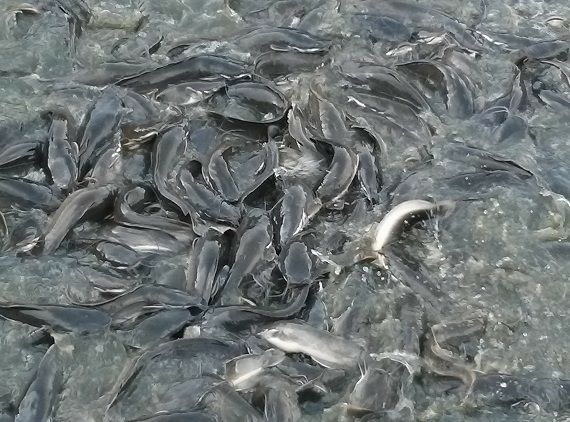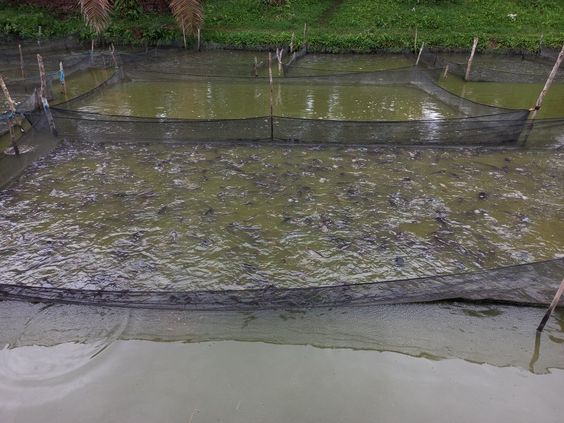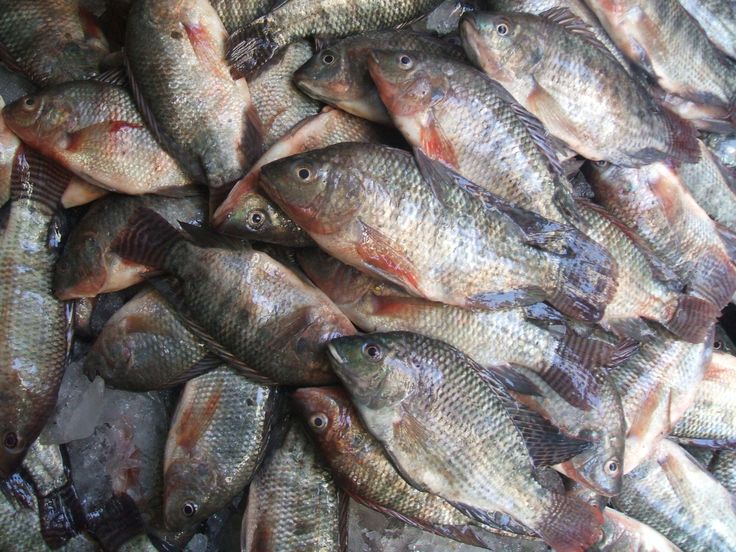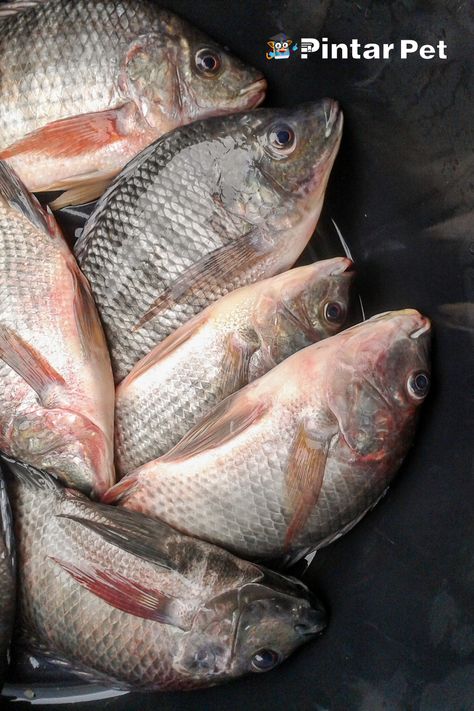The Sustainability of Fisheries Resources: Ensuring a Healthy Future for Our Oceans
Sustainability of Fisheries Resources are a vital part of our planet’s health and a crucial source of food and income for millions of people worldwide. However, the ever-growing demand for seafood has placed immense pressure on fish populations, raising concerns about the sustainability of fisheries resources.
This article dives deep into the concept of sustainable fisheries, exploring the challenges and opportunities in ensuring a healthy future for our oceans and the fish that call them home.
What is Sustainable Fisheries Management?
Sustainable fisheries management is a comprehensive approach that aims to balance the economic, environmental, and social aspects of fishing activities. It involves:
- Maintaining healthy fish stocks: This means ensuring fish populations can reproduce and replenish themselves at a rate that can withstand fishing pressure. Techniques like stock assessments and quotas help achieve this.
- Minimizing bycatch: Bycatch refers to the unintentional capture of unwanted species like dolphins, turtles, or undersized fish. Gear modifications and fishing practices that target specific species can help reduce bycatch.
- Protecting marine habitats: Healthy ecosystems are essential for healthy fish populations. Sustainable fisheries management considers the impact of fishing on coral reefs, seagrasses, and other marine habitats.
- Responsible fishing practices: This includes using gear with a lower environmental footprint, reducing waste, and respecting closed fishing seasons.
- Effective governance: Strong institutions and international cooperation are crucial for implementing regulations, monitoring fishing activities, and combating illegal, unreported, and unregulated (IUU) fishing.
Challenges to Sustainable Fisheries
Sustainability of Fisheries Resources,Despite ongoing efforts, several challenges hinder the achievement of sustainable fisheries:
- Overfishing: This is the primary threat, where fish are caught at a rate faster than they can reproduce. This can lead to population collapse, disrupting entire ecosystems.
- Climate Change: Rising ocean temperatures, acidification, and changes in ocean currents are impacting fish migration patterns and habitat suitability.
- Habitat Degradation: Pollution, coastal development, and destructive fishing practices damage essential spawning and nursery grounds for fish.
- Lack of Enforcement: IUU fishing undermines conservation efforts and can lead to overfishing of already vulnerable populations.
- Competing Interests: Balancing the needs of fishing communities with conservation goals can be difficult, requiring collaboration and compromise.
The Importance of Sustainable Fisheries
Sustainability of Fisheries Resources are vital for several reasons:
- Food Security: Fish are a critical source of protein for millions, particularly in developing countries. Sustainable fisheries ensure a continued supply of healthy and nutritious food.
- Economic Benefits: Fishing is a major source of income for coastal communities, generating jobs and supporting local economies. Sustainable fisheries ensure these benefits continue for generations to come.
- Healthy Oceans: Marine ecosystems are vital for the health of our planet, regulating the climate, providing oxygen, and supporting biodiversity. Sustainable fisheries play a role in maintaining this balance.
Strategies for Sustainable Fisheries Management
- Fish Stock Assessments: Regularly evaluating fish populations helps determine sustainable catch levels and identify species in need of protection.
- Quotas and Limits Sustainability of Fisheries Resources: Setting quotas for the amount of fish that can be caught helps prevent overfishing. Gear limitations and closed fishing seasons can also be implemented.
- Marine Protected Areas: Creating sanctuaries where fishing is restricted allows fish populations to recover and replenish depleted stocks.
- Gear Innovation: Developing more selective fishing gear that reduces bycatch is crucial for minimizing the impact on non-target species.
- Consumer Choices: Choosing seafood certified by organizations like the Marine Stewardship Council (MSC) helps support sustainable fishing practices.
- Education and Awareness: Raising public awareness about the importance of sustainable fisheries encourages responsible consumption and support for conservation efforts.
The Future of Sustainability of Fisheries Resources
Sustainability of Fisheries Resources depends on our collective commitment to sustainable practices. Technological advancements like fish stock monitoring tools and satellite tracking can aid in better management. Collaboration across countries is essential to address issues like IUU fishing and ensure healthy fish populations in international waters.
By implementing sustainable fisheries management practices, adopting responsible fishing habits, and making informed consumer choices, we can ensure a healthy future for our oceans, the fish within them, and the communities that rely on this vital resource.
Here are some additional points to consider:
- The role of aquaculture, or fish farming, in meeting seafood demands while reducing pressure on wild fish populations.
- The importance of supporting small-scale, community-based fisheries that often employ more sustainable practices.
- The potential of co-management approaches, where fishers are involved in decision-making processes for fisheries management.
Sustainability of Fisheries Resources By working together, we can ensure sustainable fisheries and continue to reap the benefits of these amazing underwater ecosystems for generations to come.






